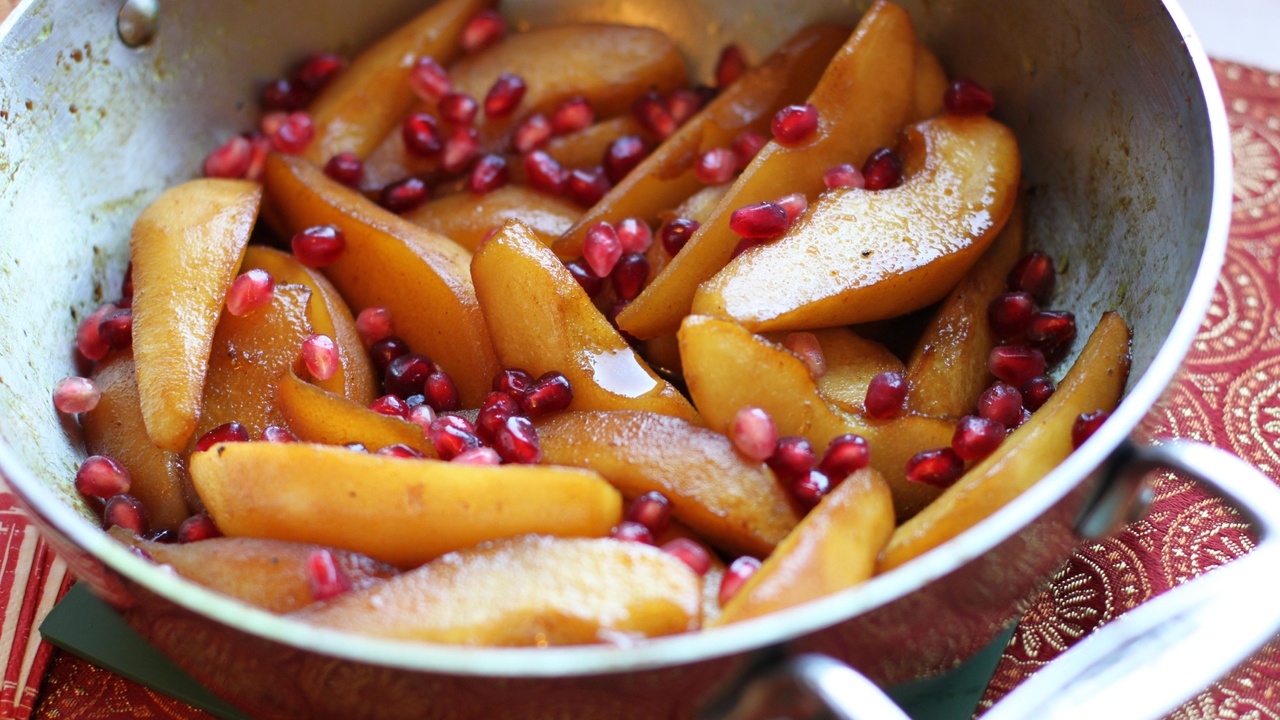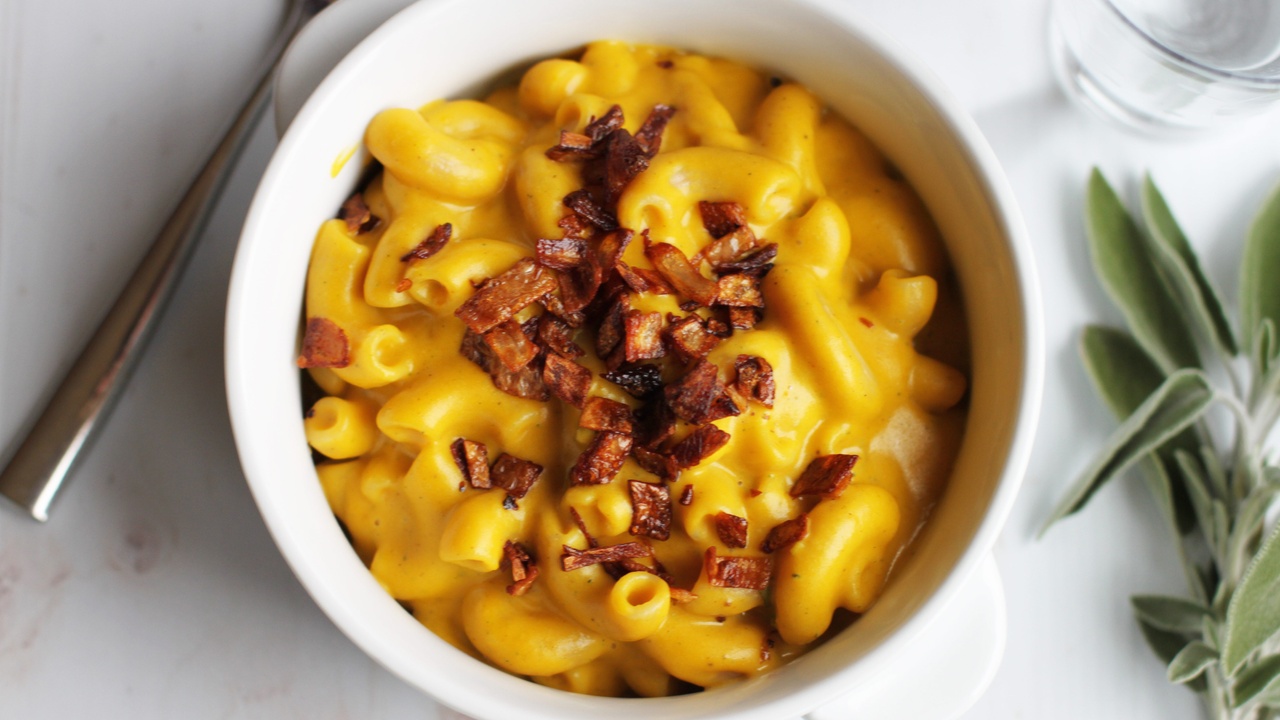Basic Knife Skills for Thyroid-Friendly Cooking

Today, I’m excited to share a topic that can truly transform your kitchen experience: basic knife skills. In this episode of The Hypothyroid Chef Show, I’ll walk you through foundational knife techniques that will not only make cooking faster and more efficient but also help you enjoy the process of preparing nourishing, whole-food meals for yourself and your loved ones.
In this thyroid-friendly cooking tutorial, you’ll learn about the essential knives you need in your kitchen, how to master basic cuts, and how to properly care for your knives so they last a lifetime. Be sure to watch the full video on the Hypothyroid Chef YouTube Channel for all the details, and scroll down for more tips, techniques, and tools to help you slice, dice, mince, and julienne like a boss.
Full disclosure: Some of the links in this post may be affiliate links. As an Amazon Associate, I earn from qualifying purchases. Purchasing a product using one of these links will support my work at no additional cost to you. Thank you for your support!
Why Knife Skills Matter for Thyroid Health
When it comes to thyroid-healthy eating, the most essential principle is simple: EAT REAL FOOD.
Ditching ultra-processed convenience foods and preparing whole-food meals at home is the first step toward supporting your thyroid and overall well-being. Cooking real food is associated with powerful health benefits, including better nutrition, improved weight management, reduced inflammation, a lower risk of chronic diseases, better mental health, and healthier families.
While there’s nothing wrong with the occasional meal out, if you want to optimize your thyroid health, home cooking should be the foundation. And that means chopping, slicing, and dicing become regular parts of your routine.
Here’s where good knife skills come in: mastering these basics makes meal prep easier, faster, and more enjoyable. When cooking feels less like a chore and more like a rewarding process, you’re more likely to stick with it. The more consistently you prepare real food meals, the more it becomes part of your daily rhythm—and that's when the real health benefits start to show.
Even as someone who loves cooking, I understand how it can feel overwhelming at times. Between grocery shopping, meal prep, and cleanup, kitchen burnout can easily set in. That’s why making the process as efficient and enjoyable as possible is key—and basic knife skills are a great way to do that.
By embracing core cooking techniques like knife skills, you can reduce stress, boost your confidence, and even rediscover the joy in preparing meals that support your optimal health and energy. With a few simple skills and some good-quality knives, cooking becomes more approachable—and fun!
From the bottom up: Paring knife, serrated tomato/utility knife, boning knife, chef's knife, serrated bread knife, honing steel.
The Essential Knives Every Thyroid-Friendly Kitchen Needs
Let's start with the basics. If you want to make whole-food cooking easier, investing in a few high-quality knives is a game changer. Can they be spendy? Sure, but in the long run, you'll spend far less than you would on crappy knife sets that don't cut well, can't be sharpened, and need to be replaced every few years.
A well-cared-for, high-quality knife is a tool that can last you a lifetime, so while high-end sets can be prohibitively expensive, you can always take the approach of building and adding to your collection, piece by piece over time.
Here are my must-have knives for every kitchen:
- Chef’s Knife – Your everyday go-to for chopping, slicing, and dicing.
- Paring Knife – Great for smaller tasks like peeling and trimming.
- Tomato/Utility Knife – Ideal for delicate, soft-skinned produce like tomatoes.
- Bread Knife – A long, serrated edge for slicing baked goods without crushing them.
- Boning Knife – A flexible, highly maneuverable blade that is perfect for cutting meats and removing bones.
When shopping for knives, look for a high-quality stainless steel blade that can be sharpened with a grip that feels comfortable, and well-balanced in your hand.
You don’t need a huge set of fancy knives; just a few quality ones will do the job for years to come. I've linked to my favorites above, but there are plenty of excellent knives on the market to choose from. Some of the most reputable brands are Wusthof, Zwilling J.A. Henckels, and Shun. My knife collection includes all three, but over the years, I have become a Shun fanatic. No other knife, in my opinion, is more lovely to look at or enjoyable to use.
Knife Maintenance: Keep Your Tools Sharp and Safe
Taking care of your knives is just as important as learning how to use them and is the secret to making these tools last. A sharp and well-cared-for knife makes cooking easier, faster, and safer.
This may come as a surprise, but a sharp knife is safer than a dull one. Why? Because less force is required, giving you cleaner cuts, less fatigue, and more control. Having to bear down to cut through something is a good sign that it's time to sharpen your blade to avoid an injury.
Here’s how to keep your knives in tip-top shape:
- Sharpen regularly using a sharpening stone to create a new edge.
- Hone your knife with a honing steel to straighten the blade between sharpenings.
- Wash by hand to avoid dulling the blade in the dishwasher.
- Store safely using a knife block, blade cover, or my favorite in-drawer cork storage system (more on that in my video!).
Basic Knife Skills Every Cook Should Know
Now that you’ve got your knives and they’re sharp, let's talk technique! Here are the basic knife skills that will take your whole-food cooking to the next level:
- The Proper Grip – When using a larger knife like a Chef's Knife, pinch the blade between your thumb and index finger, just in front of the handle, with your last three fingers wrapped around the handle. This may feel awkward at first, but it offers much better control and is actually the safest and most effective way to handle your knife.
- Grip the Food Using a Pinch Grip or Claw Technique – There are two primary ways to grip your food while chopping: the pinch grip or the claw technique.
- Pinch Grip: Pinch the food with your fingertips, feeding it toward the knife while keeping your fingers at a safe distance from the blade.
- Claw Technique: Tuck your fingertips under and use your knuckles as a protective guide while you chop. This technique offers great safety and precision.
- Cutting Motions –
- Rocking Motion: Ideal for mincing herbs, garlic, or softer foods. Use a gentle rocking motion with the tip of the knife anchored to the cutting board, moving the knife back and forth.
- Chopping Motion: Best for vegetables like cucumber or zucchini. Lift the knife slightly, then slice straight down for a clean, precise cut.
- Slicing Motion: Perfect for cutting through softer foods like tomatoes, meats, or bread. Use a smooth, gliding motion, letting the edge of the knife do the work of slicing through the food in a single stroke rather than pressing down.
Bonus Tip: For large, tricky vegetables like sweet potatoes, slice off a small piece of the edge to create a flat, stable surface. This will prevent rolling and make them safer and easier to cut!
The Basic Cuts: Dice, Julienne, and Chiffonade
Now, let's practice a few simple but versatile cuts:
- Dicing – Your basic cube, in small, medium, or large size. Perfect for root veggies like sweet potatoes.
- Julienne – A thin matchstick cut that is both delicate and elegant.
- Chiffonade – This ribbon cut is ideal for leafy greens like spinach or basil.
Learning these cuts will make your thyroid-friendly cooking more efficient and professional. Whether you’re prepping for a feast or simply making dinner, having these skills in your toolkit will make a huge difference.
📺 To see these techniques in action, check out my complete Knife Skills tutorial on YouTube!
Ready to Get Cooking?
I hope this has provided you with the skills you need to make thyroid-friendly cooking both doable and delicious. Whenever you need a refresher, you can come back to these basic knife skills again and again on my YouTube Knife Skills Demo. While you're there, don't forget to subscribe to my channel for more thyroid-friendly food, cooking, and lifestyle inspiration.
Also, don’t forget to download my free Thyroid-Friendly Grocery Guide featuring over 130 delicious, whole foods you can use to create anti-inflammatory, thyroid-friendly meals. With these tools and resources, you can make real food meals a part of your everyday life!
Wishing you happy cooking, happy thriving, and the best of health,

You Might Also Like:
- Easy Homemade Breakfast Sausage
- Boost Your Cooking with Fresh Herbs
- How to Make Homemade Almond Milk
- Dairy-free Matcha Latte: Hot or Iced
- Two 2-minute Thyroid-Friendly Treats
Subscribe to my free newsletter for fresh recipes & lifestyle tips, delivered weekly, and receive a free gift!
By submitting this form, you agree to receive ongoing updates from Hypothyroid Chef










